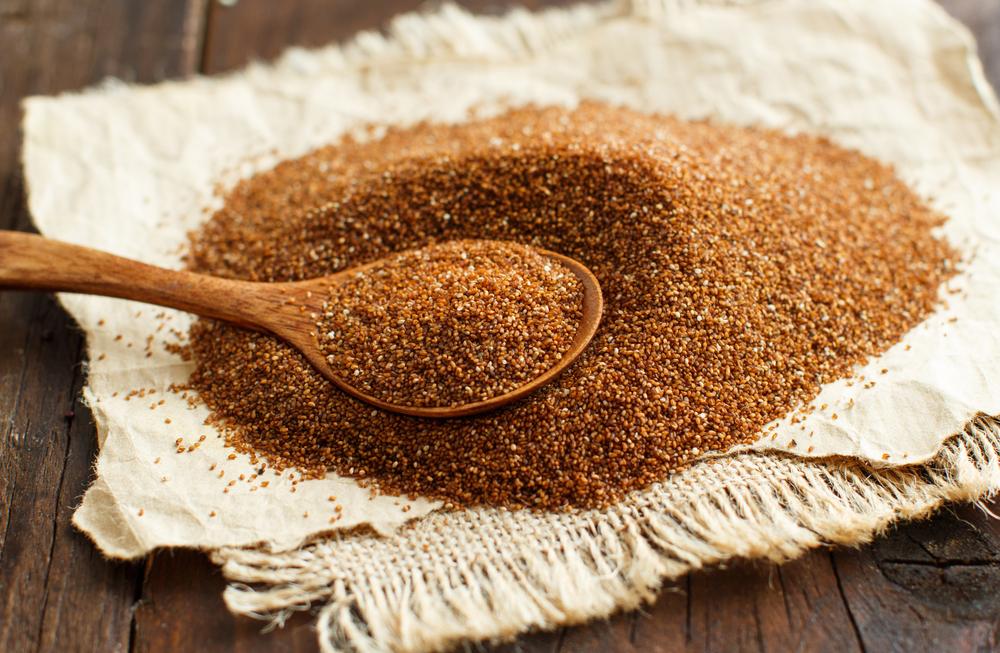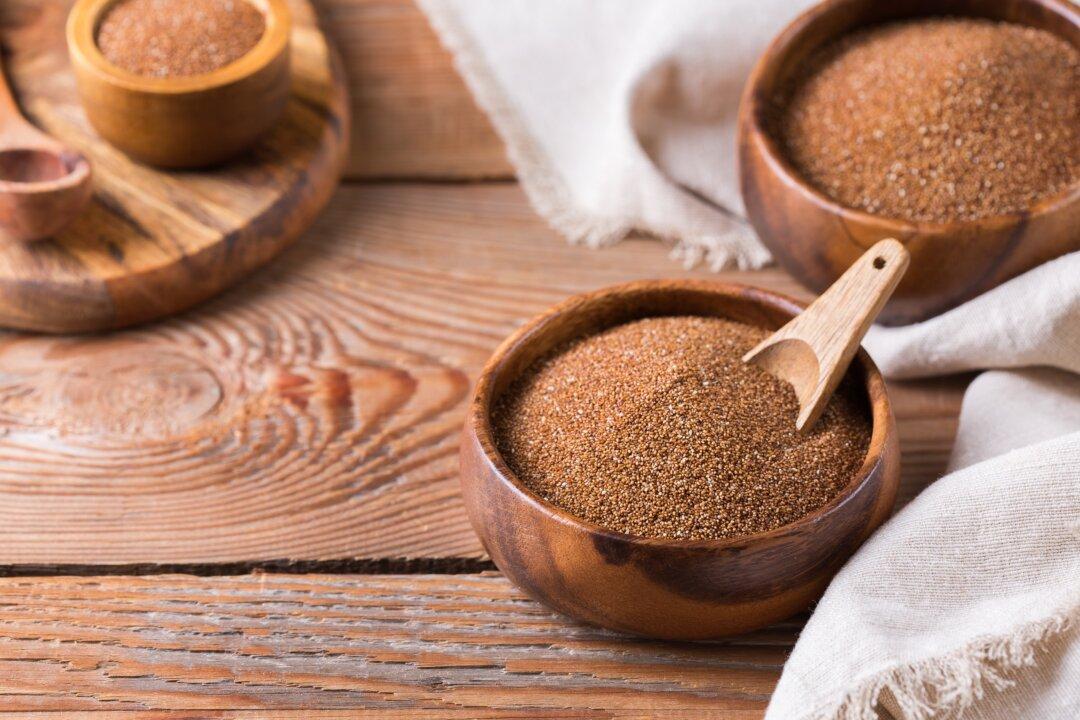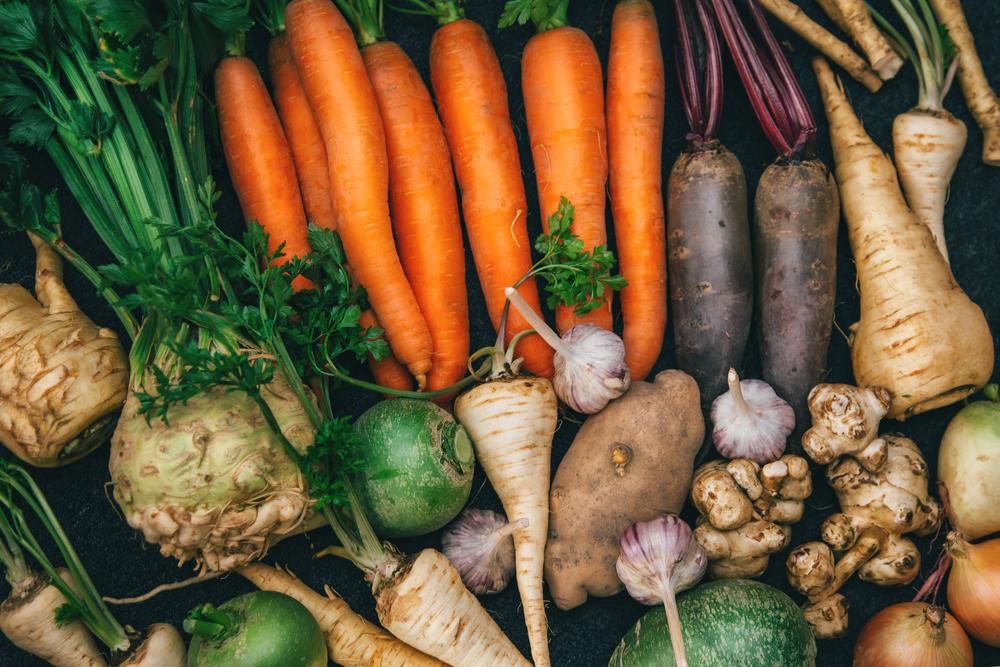Have you seen the term “ancient grain” on food packaging or touted in commercials, and wondered what makes it different than other types of grains?
Modern wheat has been constantly bred and changed to adapt to growing conditions, to decrease crop cost, and to increase yield. On the other hand, ancient grains remain largely unchanged. And while “ancient grain” doesn’t have one universal definition, the Oldways Whole Grains Council, a non-profit consumer advocacy group, generally defines ancient grains as those that have not been bred or changed for at least the last few hundred years.



